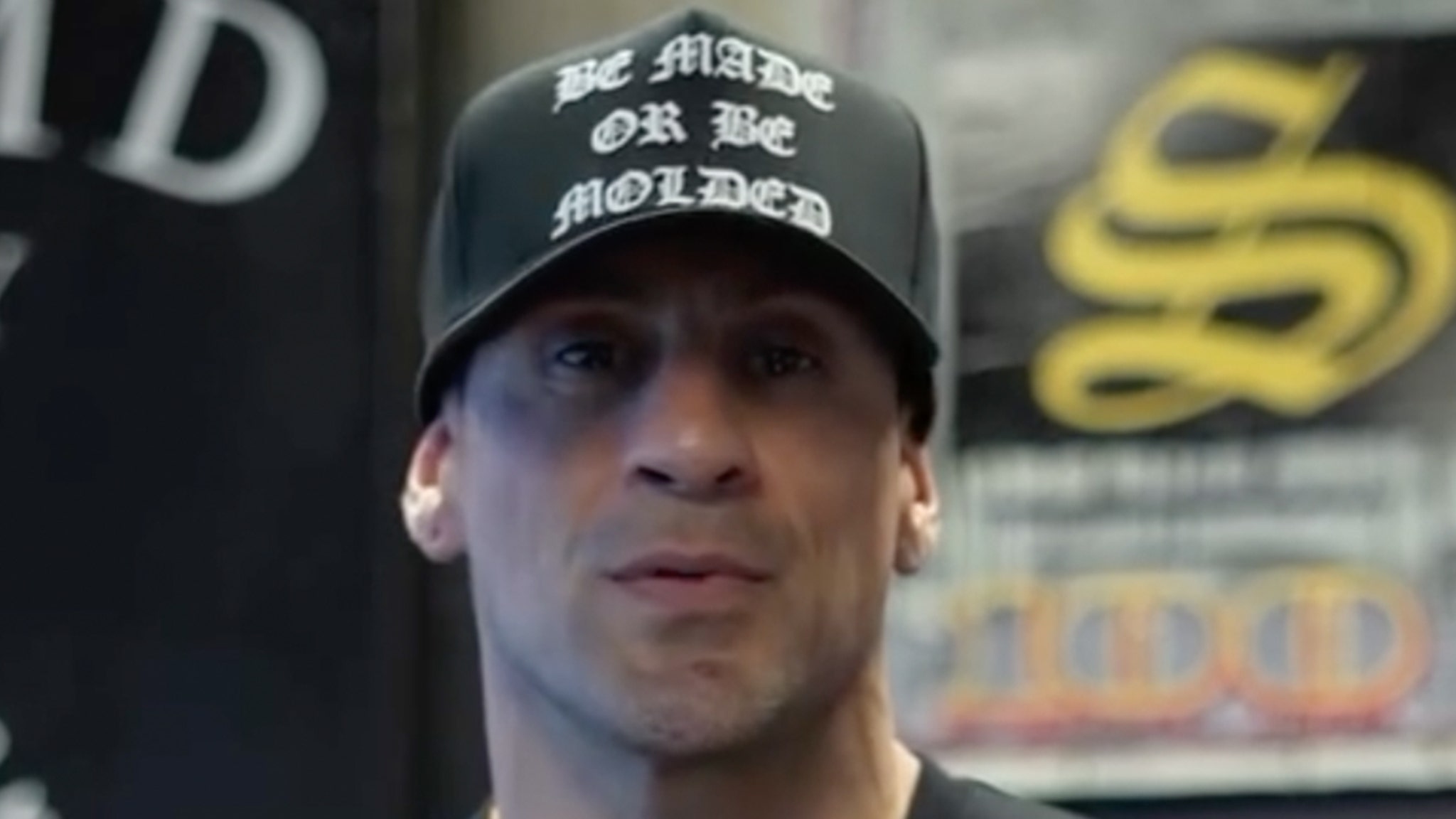Bussiness
Small business in Pennsylvania is middling – will that affect the vote?

Pennsylvania has been bombarded with political ads as Kamala Harris and Donald Trump duke it out for my state: the vital swing state of Pennsylvania. As we finally head to the polls, one of the – if not the biggest – issues on most small-business owners’ minds will be their pocketbooks.
So how are businesses and their employees doing so far in Pennsylvania? A fallback in economic prosperity may not bode well for the Harris campaign. And unfortunately, that seems to be what has happened in the past year.
Economic activity has increased, but so have prices
Real gross domestic product in the state, which is inflation-adjusted, is up 2.5% this year and that’s mostly consistent with national averages.
But according to Pew Research, prices that both consumers and small businesses are paying for their products in the Philadelphia area alone have risen 21.7% since pre-Covid. That’s much lower than the 29.8% rise in the Tampa, Florida, area but significantly higher than the 16.6% rise in California’s Bay Area. Pennsylvania is among the almost 50% of states where renters are considered by Pew to be “cost burdened”.
Small-business software maker Intuit, which publishes its monthly Small Business Index using customer data, says that small businesses in Pennsylvania with fewer than nine employees in September saw a revenue decline of 0.22% (this is also inflation-adjusted). That’s the wrong direction, unfortunately, and the timing is not great for Harris.
Hours have declined
Intuit also reports that overall employment declined in Pennsylvania during September by 0.025%. The good news for Harris is that this is lower than the national average decline of 0.04%.
Weekly hours worked in Pennsylvania, according to the monthly Small Business Employment Watch report published by the human resources company Paychex (a client of my firm), fell by 0.014% over the past year. However, Philadelphia actually saw an increase in hours worked over the past 12 months of 0.04%, which is a bright spot for the Harris campaign.
Job postings on the job search site Indeed are down 16% this past year. The number of unemployed workers is also creeping up to a level that is 4% higher than it was this time last year.
More concerning for the Harris campaign is that through September, the state’s construction, manufacturing, transportation, utilities, information and professional services industries all saw employment declines, with businesses and organizations in its leisure, hospitality, government and education groups showing the most significant gains.
Wages are a bigger concern
A wage earner in Pennsylvania, per Paychex, earns $31.63 per hour, almost 3.5% below the national average of $32.77. Paychex also reports that hourly and weekly wages in the the state grew by 2.67% and 2.47% respectively over the past 12 months, significantly less than consumer price index increases during this period, which means that employees have not been keeping up with inflation. The payroll processing giant ADP – which also uses real data from their customers – reports that overall Pennsylvania wages have increased 4.5% over the past year, but this lags behind most other states.
The Bureau of Labor Statistics also reports that personal income in the commonwealth – which includes other sources of income in addition to wages – in total is up about 4.4% over last year.
Consumer spending in the commonwealth dropped from 2.5% in 2022 to 2.2% in 2023 but estimated growth has rebounded to 1.8% in 2024 and is expected to increase another 1.2% in 2025. This implies that consumers are funding their purchases with more credit card debt or by dipping into savings.
The business environment is middling
Overall, Pennsylvania ranks in the middle of all 50 states for its business environment, according to a 2024 CNBC study, which uses 128 metrics in 10 key categories of competitiveness. The state also ranked 36 out of 50 states in overall growth, and its personal and corporate tax environment is one of the worst in the country.
So what does this mean for the Harris campaign? Will this election make that much of a difference to small businesses, regardless of who prevails?
Anecdotally, most of my firm’s 600-plus clients seem to be doing OK this year, although few would say they’re booming. All of my clients are still struggling with the rise in prices they’ve had to endure over the past few years, and although the problem has eased, finding and retaining talent remains a top concern.
“Uncertainty” is the main word I keep hearing. Small-business owners tell me they’re concerned about the changing tax environment in 2025 with the expiration of the Tax Cuts and Jobs Act and how that will affect them, both personally and professionally. They’re grappling with more employment regulations and wavering on making investments while interest rates remain at their current historically high levels.
But this is not new and my smartest clients know that uncertainty creates risk and risk creates rewards.
They also know that whoever sits in the White House doesn’t have as much impact on a business as many people would like to think. Not that that is going to change anyone’s vote.








